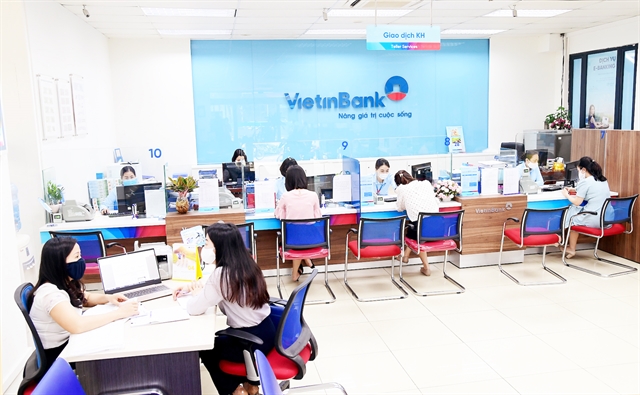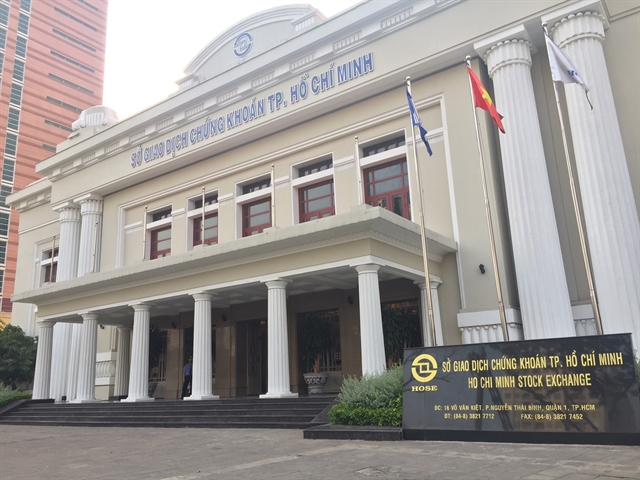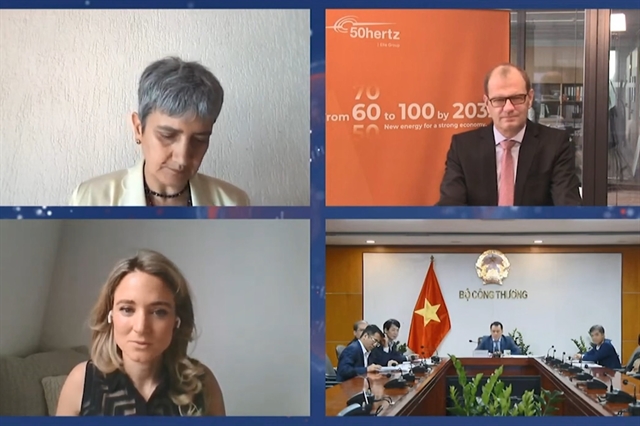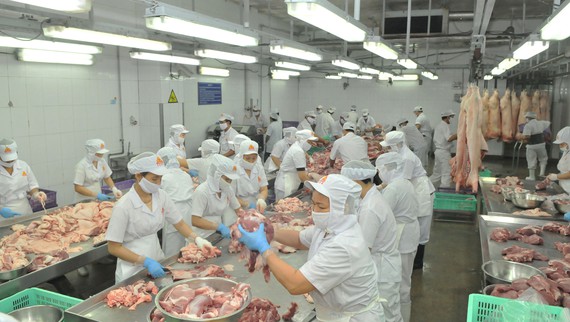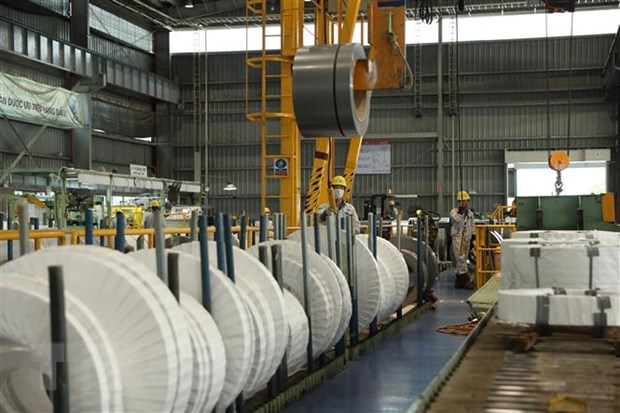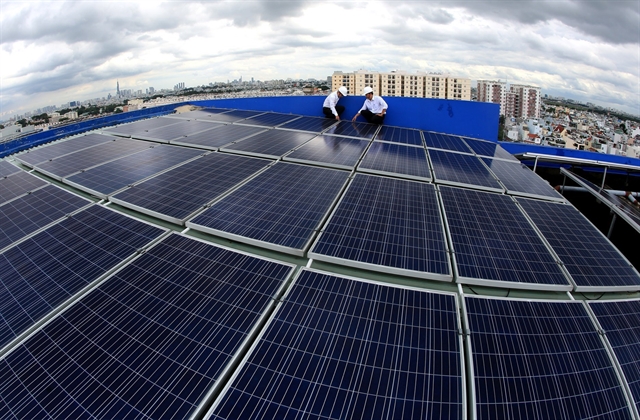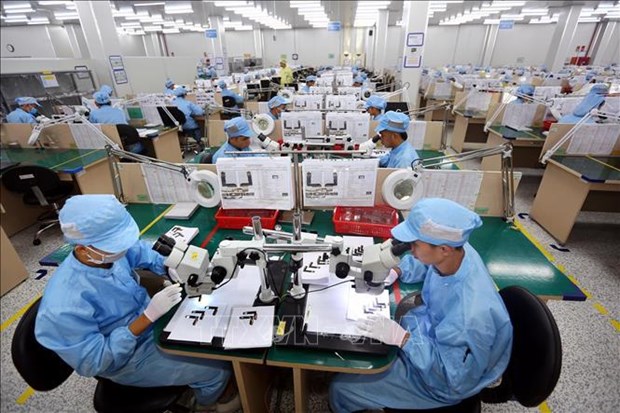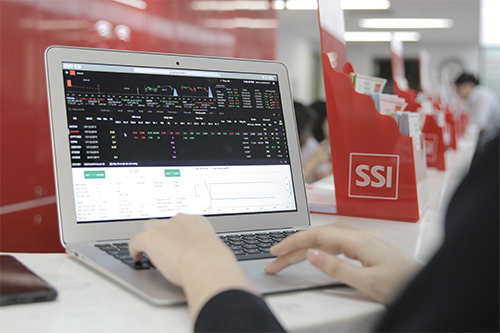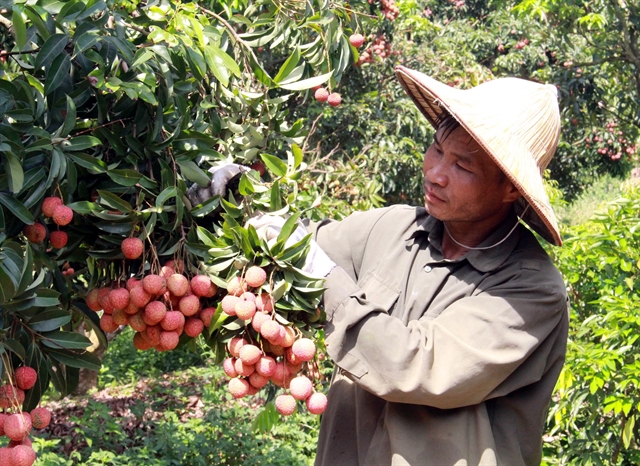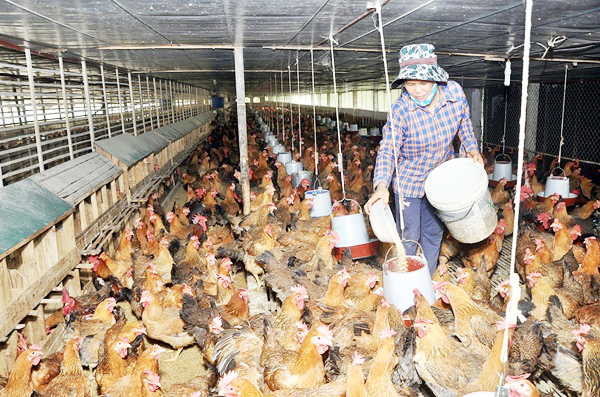
HCM CITY – The price of livestock fodder has risen by 15-30 per cent in the last five months because of higher prices of inputs, and many farmers are facing big losses as a result.
Trần Quang Trung, a pig farmer in Đồng Nai Province’s Thống Nhất District, said a 25kg bag of bran has increased from VNĐ250,000 to VNĐ290,000 (US$11-12.6) since October last year.
Prices of raw materials used for feed such as corn, rice bran, and fish flour are also continuing to rise.
But farmers cannot hike prices of poultry or cattle since they compete with cheap imported products.
In Đồng Nai Province, the country's largest chicken producer, the price of chicken has fallen below production cost since feed prices have increased from VNĐ20,000 per kilogramme to VNĐ26,000, causing farmers an average loss of VNĐ3,500 per kilogramme of meat.
Poultry and livestock farmers are suffering big losses, especially those with bank loans. Big farms that typically sell 10,000-20,000 chicken of Tam Hoàng variety a day are losing VNĐ30-40 million ($1300-1740) daily, according to the Đồng Nai Animal Husbandry Association.
Phạm Đức Bình, deputy chairman of the Việt Nam Animal Feed Association, said animal feed production is controlled by importers and foreign businesses, while all the maize used for the production of animal feed is imported.
Việt Nam only produces rice bran and cassava, and has failed to develop areas to grow feed inputs because of poor productivity, and the animal feed supply chain is not comprehensive, he added.
The dependence on imports, and the sharp increase in global prices of raw materials due to crop failures and China buying record quantities, means input prices have increased sharply.
The lack of empty containers, which are stuck in various ports around the world, to transport goods has increased the prices of imported raw materials further.
To minimise the monopoly of foreign enterprises and create competition, Bình said the State should plan raw material areas and offer preferential policies to domestic companies in terms of borrowing. – VNS



